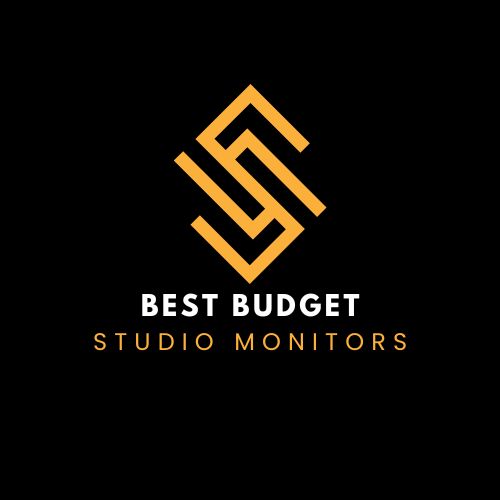Introduction:
When you want to produce high-quality audio, be it for music production, podcasting, or video editing, you need one important piece of equipment: the studio monitor. Studio or reference monitors are simply speakers specially engineered to give you a flat frequency response during playback so that you can hear the audio as uncolored and exactly as it is. However, good studio monitors don’t come cheap. Still, there are plenty of budget-friendly options out there for you if price is an issue for you. In this article we cover some of the 6 Best Budget Studio Monitors that money can buy in 2024.
Table of Contents
What to Look for in Budget Studio Monitors
Before we get to the individual models, let’s ensure you know what to look for when buying budget studio monitors. Here are the most important things:
Frequency Response: Choose monitors with a flat frequency response so their sound is as accurate as possible.
Size of the driver: The sound quality produced depends on the size of the woofer (low-frequency driver) and tweeter (high-frequency driver). Drivers with large diameters are generally better at producing low notes.
Power Output: In the metric of Wattage, the sound is overwhelmingly louder and clearer at high power outputs.
Connectivity: Ensure the monitors have the right inputs (XLR, TRS, RCA) for your audio interface or mixer.
Room Size and Acoustics: Consider the size of your studio and its acoustics. You’ll want smaller monitors for a small room and larger monitors for a big space.
Build Quality: This is essential as you frequently move the monitors around.
Top Budget Studio Monitors:
Here we will take you through some of the best budget studio monitors you can find in 2024, that strike a good balance between quality and cost.
1. Yamaha HS5:
Designed especially for sound engineers who are low on budget, the Yamaha HS5 is a favorite. Recognized for its precision and clarity, the HS5 provides a flat frequency response, perfect for mixing and mastering.
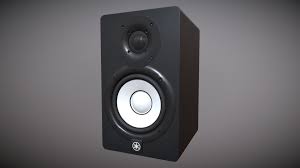
Driver Size: 5-inch woofer, 1-inch tweeter.
Frequency Response: 54 Hz – 30 kHz.
Power Output: 70 watts (45W LF, 25W HF).
Inputs: XLR and TRS.
Price: Around $200 each.
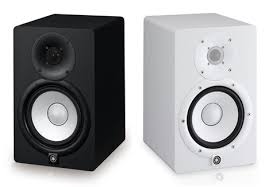
HS5 is a well-known manufacturer of quality and reliable studio monitor speakers. This might be because it doesn’t have as much low-end punch as larger monitors, but its detailed mid and high frequencies make it ideal for small to medium studios.
2. KRK Rokit 5 G4:
The Rokit series by KRK has already caught the fancy of many home studio enthusiasts. The Rokit 5 G4 aims to carry on this legacy and comes with a host of new features and better sound quality.
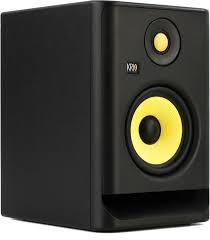
Driver Size: 5-inch woofer, 1-inch tweeter.
Frequency Response: 43 Hz – 40 kHz.
Power Output: 55 watts (LF), 20 watts (HF).
Inputs: XLR and TRS.
Price: Around $180 each.
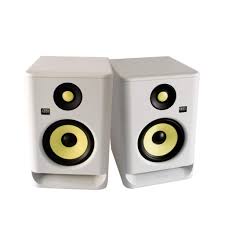
The Rokit 5 G4 has a built-in graphic EQ with 25 settings to get the best sound for your room. Plus, its instantly recognizable yellow Kevlar drivers look cool and deliver crisp, punchy sounds.
3. PreSonus Eris E5:
In terms of the value for money, the PreSonus Eris E5 is just outstanding, you get almost the same features that you may find in much higher priced monitors.
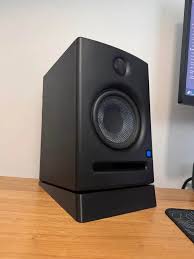
Driver Size: 5.25-inch woofer, 1-inch tweeter.
Frequency Response: 53 Hz – 22 kHz.
Power Output: 70 watts (45W LF, 25W HF).
Inputs: XLR, TRS, RCA.
Price: Around $150 each.
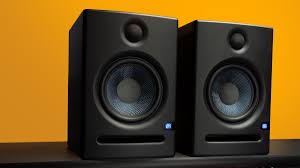
The Eris E5 features acoustic tuning controls that let you tailor the monitor’s sound to your specific mix environment. This makes it a pretty good option for different studio applications.
4. JBL 305P MkII:
I would buy JBL because it’s a well-known brand in sound industry also 305P MkII doesn’t disappoint with the sound quality as expected from the brand.
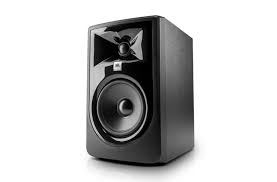
Driver Size: 5-inch woofer, 1-inch tweeter.
Frequency Response: 49 Hz – 20 kHz.
Power Output: 82 watts (41W LF, 41W HF).
Inputs: XLR and TRS.
Price: Around $150 each.
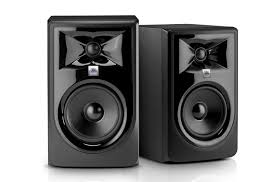
In the JBL 305P MkII, you will find the JBL Image Control Waveguide that has a wide sweet spot and does imaging in detail. This monitor is good for critical listening and very accurate audio work.
5. Mackie CR-X Series:
The CR-X5 is the smallest model in the Mackie CR-X series and a great budget option if you work with limited desk space or are constantly moving.
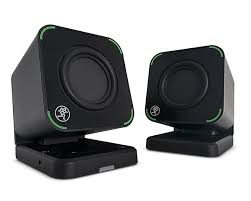
Driver Size: 5-inch woofer, 0.75-inch tweeter.
Frequency Response: 60 Hz – 20 kHz.
Power Output: 50 watts.
Inputs: TRS, RCA, 1/8-inch.
Price: Around $120 each.
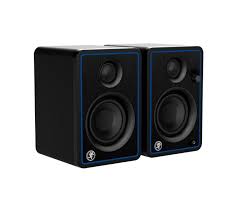
CR-X5 has front-panel controls and headphone jack making it best suited for small studio needs. It is an ideal monitor option for space-challenged studios, with a sleek look and good performance to boot.
6. Alesis Elevate 5 MKII:
Alesis is based on the reputation of manufacturing affordable and dependable audio equipment and the Elevate 5 MKII are no exception.
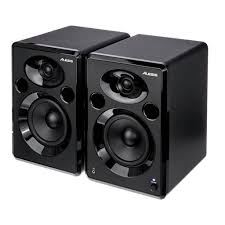
Driver Size: 5-inch woofer, 1-inch tweeter.
Frequency Response: 56 Hz – 20 kHz.
Power Output: 80 watts (40W per speaker).
Inputs: RCA, 1/4-inch.
Price: Around $150 per pair.
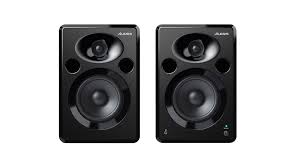
The Elevate 5 MKII hits a great combination of features and performance for not much cash. Super for getting started in audio production.
Tips for Getting the Most Out of Your Budget Studio Monitors
The best studio monitors can’t help you if they’re not set up and used properly. Here’s some advice to get the best out of your budget studio monitors.
1. Proper Placement:
The placement of your studio monitors is important for proper and accurate sound reproduction. Some guidelines are below:
Equilateral Triangle: Place your speakers and listening position so that the three points of a equilateral triangle are created.
Ear Level: Position the tweeters at ear level when seated at your mixing position.
Avoid Wall Reflections: Don’t keep your monitors too close to the walls or corners as it can cause bass buildup and reflections.
2. Acoustic Treatment:
Investing a little in some basic acoustic treatment can make a big difference to what you hear. Here are some things to consider.
Bass Traps: If there’s one thing you do, place bass traps in room corners to help reduce low-frequency resonances.
Absorption Panels: Mount absorption panels on the walls at the first reflection points to reduce early reflections.
Diffusers: Use diffusers to scatter sound waves and reduce echoes.
3. Room Calibration:
Some monitors, such as KRK Rokit 5 G4, provide EQ options that can be used to suit the sound in your room. Also, software for room calibration can assist you get an accurate listening environment
4. Regular Maintenance:
Ensure your monitors are in good working condition by regularly dusting them and making sure they are not exposed to extreme temperatures or humidity. It is possible to avoid frequent replacement of monitors and guarantee efficient use.
Conclusion
That said, just because you’re on a budget doesn’t mean you have to settle for garbage. This list covers a range of price points and should help you find something perfect for your space. Like anything with studio gear, specific needs will vary greatly from person to person, but I tried to provide a solid starting point.
